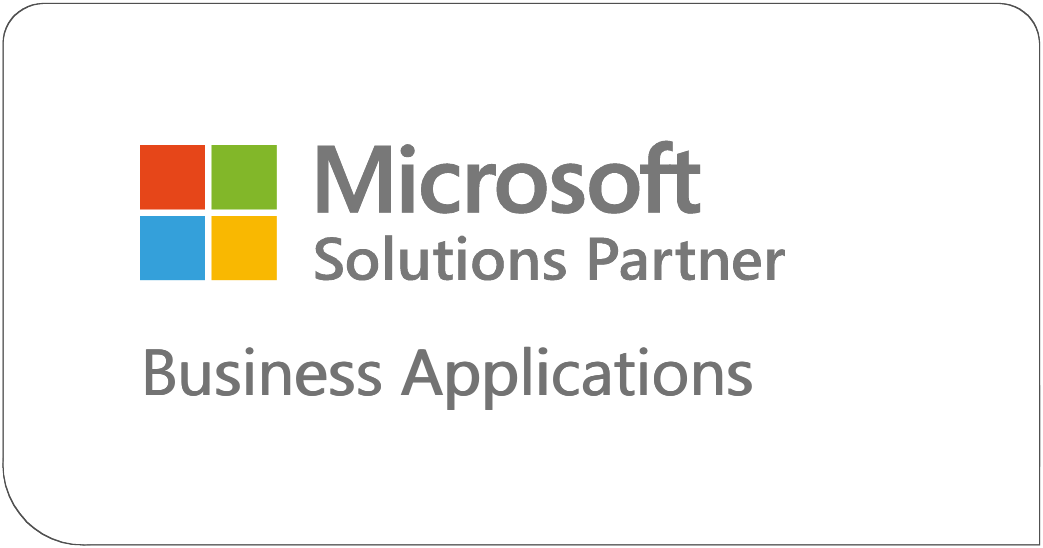| Imperium Dynamics
In today's world, creating an inclusive workplace is crucial. It's not just the right thing to do; it's also the law. Employers must ensure their workplaces are free from discrimination and harassment. This article will explore how to do this, including legal requirements and best practices.

Understanding Workplace Discrimination
Defining Discrimination
Workplace discrimination happens when someone is mistreated because of their race, color, religion, or other reasons. It can affect hiring, promotions, and even pay.
Types of Discrimination
- Direct Discrimination: This is when someone is mistreated because of who they are.
- Indirect Discrimination: This is when a rule seems fair but affects some groups more than others.
- Harassment: This is unwanted behavior that makes someone feel uncomfortable at work.
- Retaliation: This is when someone is punished for speaking up against unfair treatment.
Impact on Organizations
Discrimination hurts not just the person but also the company. It can make employees unhappy, lead to them leaving, and damage the company's reputation.
Legal Framework
United States
In the U.S., several laws protect against workplace discrimination:
- Title VII of the Civil Rights Act of 1964: This law stops discrimination based on race, color, religion, sex, or national origin.
- Americans with Disabilities Act (ADA): This law protects people with disabilities from unfair treatment.
- Age Discrimination in Employment Act (ADEA): This law protects workers aged 40 and older.
- Equal Pay Act of 1963: This law ensures men and women get the same pay for the same work.
The U.S. Equal Employment Opportunity Commission (EEOC) helps enforce these laws and guides employers.
United Kingdom
In the UK, the Equality Act 2010 protects people from unfair treatment. The new Employment Rights Bill will make workplaces safer from harassment. Employers will have to do everything they can to stop such incidents.
Developing Comprehensive Antidiscrimination Policies
Key Components
- Clear Definitions: Explain what discrimination, harassment, and retaliation mean.
- Reporting Procedures: Create secret ways for employees to report problems.
- Investigation Protocols: Show how to quickly and fairly look into complaints.
- Disciplinary Measures: Say what happens if someone breaks the rules.
- Training Programs: Make sure everyone gets regular training.
Implementation Strategies
- Accessibility: Make sure everyone can find and understand the policies.
- Communication: Share policies often through meetings, emails, and the company's website.
- Review and Update: Check policies often to keep them current and relevant.
Training and Education
Employee Training
Training should cover topics like bias, cultural understanding, and work respect. Using interactive sessions and real-life examples can help people learn and remember.
Leadership Development
Managers and supervisors are key in enforcing antidiscrimination policies. They need special training to spot discriminatory behaviors and handle complaints well. They should also lead by example, showing inclusivity.
Establishing Reporting Mechanisms
Reporting Channels
- Anonymous Hotlines: Let employees report concerns without fear of being identified.
- Designated Officers: Have trained people handle complaints privately.
- Digital Platforms: Use secure online systems for reporting and tracking.
Response Protocol
- Prompt Acknowledgment: Quickly confirm receipt of complaints.
- Thorough Investigation: Do impartial and detailed investigations.
- Resolution and Feedback: Share outcomes with those involved and take corrective actions.
Promoting an Inclusive Workplace Culture
Representation
Work towards diversity at all levels, especially in leadership. Use mentorship and sponsorship to support underrepresented groups.
Employee Engagement
- Employee Resource Groups (ERGs): Support ERGs to build community and provide feedback channels.
- Inclusive Events: Celebrate diverse cultures and backgrounds through events and observances.
- Feedback Mechanisms: Regularly survey employees to understand their feelings and find areas for improvement.
Monitoring and Evaluation
Metrics and Analytics
- Diversity Metrics: Track diversity across departments and roles.
- Pay Equity Analysis: Check compensation to find and fix disparities.
- Turnover Rates: Watch attrition rates among different groups.
Audits and Reviews
To meet antidiscrimination goals, regularly audit policies and outcomes and use third-party experts for unbiased reviews when needed.
Leveraging Technology to Prevent Discrimination
AI and Algorithmic Fairness
As AI becomes more common in HR, it's key to avoid biases. Employers should:
- Audit AI Tools: Regularly check algorithms for biases, ensuring fairness for all.
- Transparency: Be open about how AI tools make decisions for accountability.
- Human Oversight: Make sure human judgment helps AI decisions, especially in essential HR tasks.
Addressing Intersectionality in the Workplace
Intersectionality means dealing with multiple forms of discrimination (like race and gender). Employers should:
- Inclusive Policies: Create policies that tackle the challenges faced by diverse individuals.
- Employee Resource Groups (ERGs): Support ERGs for diverse backgrounds, promoting belonging.
- Tailored Training: Offer training on intersectional issues, boosting empathy and understanding.
Global Considerations for Multinational Employers
For companies working in different countries, it's key to know and follow various antidiscrimination laws. Important steps include:
- Local Compliance: Keep up with local labor laws and cultural norms in each country.
- Unified Standards: While adapting to local rules, keep a global standard for antidiscrimination to uphold company values.
- Cross-Cultural Training: Offer training that covers cultural sensitivities and promotes inclusivity across different regions.
The Role of Leadership in Driving Change
Leadership is key in making a workplace inclusive. Leaders should:
- Model Inclusive Behavior: Show commitment to diversity and inclusion through actions and decisions.
- Set Clear Expectations: Tell employees how important antidiscrimination policies are and what happens if they're broken.
- Allocate Resources: Spend on initiatives that promote diversity, equity, and inclusion.
Measuring Progress and Ensuring Accountability
To check if antidiscrimination efforts are working:
- Regular Surveys: Do employee surveys to see how the workplace feels and find areas to improve.
- Diversity Metrics: Track hiring, promotion, and retention rates for different groups.
- Public Reporting: Share diversity and inclusion metrics publicly to show transparency and accountability.
Integrating Imperium Employee Management for Antidiscrimination Efforts
1. Streamlined Leave and Attendance Tracking
Imperium's system automates tracking, leave management, and shift coverage. This reduces manual errors that can lead to biases. It ensures fair decisions on attendance and leave, treating all employees equally.
2. Real-Time Insights for Informed Decision-Making
The platform gives real-time views on work-from-home requests and absences. This helps managers make informed decisions about shifts. It also helps spot any discriminatory patterns early on.
3. User-Friendly Interface for All Employees
Imperium's design is easy for everyone to use, no matter their tech skills. This makes sure all employees can manage their work schedules and requests easily. It supports diverse workforces and ensures everyone has equal access to tools.
4. Scalability to Accommodate Organizational Growth
Imperium grows with your business, whether small or large. This flexibility means your commitment to antidiscrimination stays strong as your company grows. Using Imperium Employee Management can improve your antidiscrimination efforts. It makes workplaces fair, transparent, and inclusive. For more info or to schedule a demo, visit imperiumdynamics.com/imperium-employee-management.
Conclusion
Creating a fair workplace is a big job that needs commitment and constant work. Understanding laws, making strong policies, and fostering an inclusive culture are key. Training and reporting are also crucial. Employers can make workplaces where everyone feels valued and respected. This not only avoids legal problems but also boosts performance, reputation, and employee happiness.
Note: This article is for information only and is not legal advice. Employers should talk to legal experts for advice that fits their specific needs.

